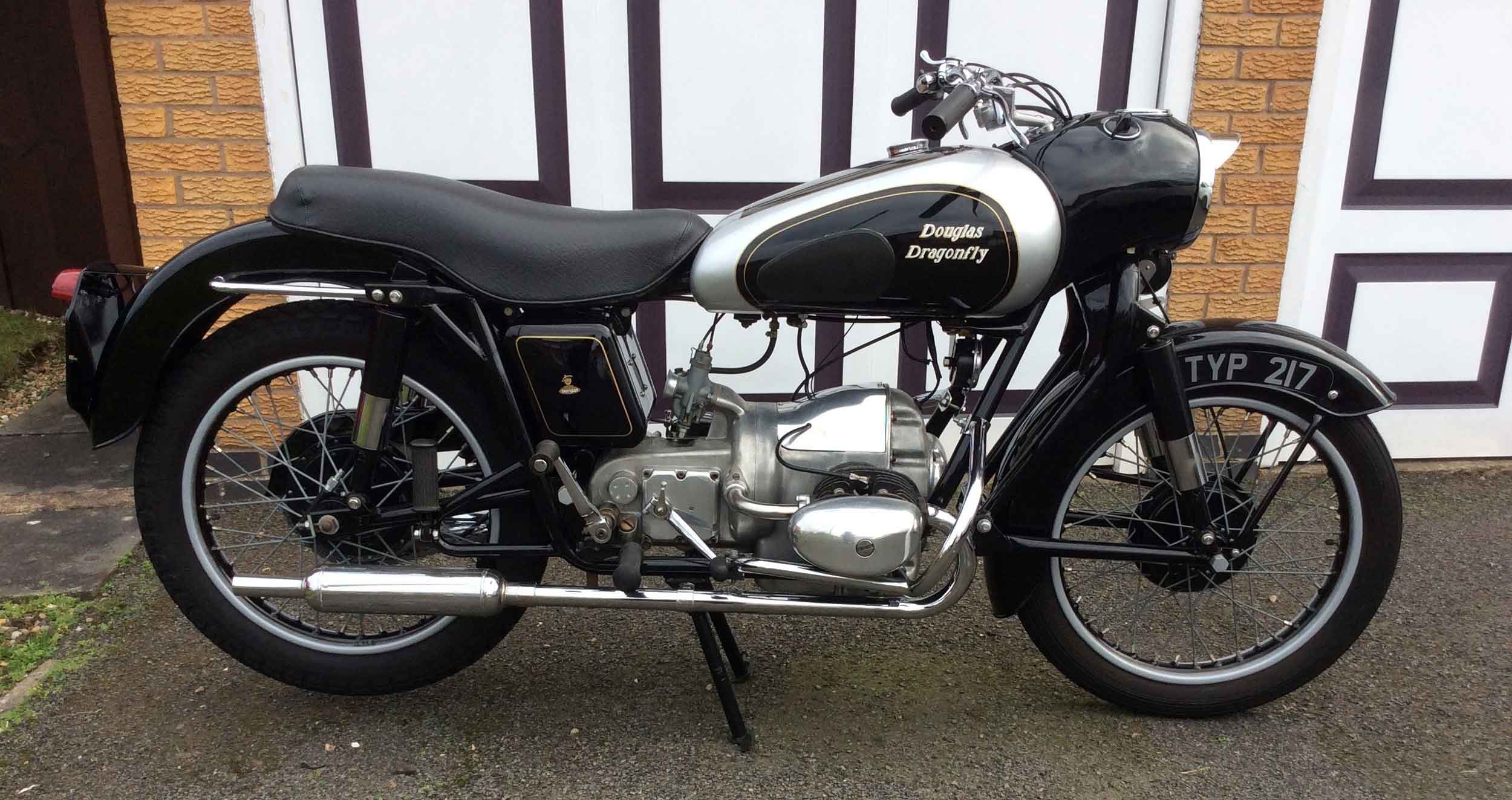A rare Indian Four motorcycle dating from 1936 will be coming up for sale at the next H&H Classics auction to be held at the National Motorcycle Museum on 29 March 2023. It carries an estimate of £54,000 to £58,000.
Mike Davis, who heads the H&H Bike Department, said, “It [the Indian Four] was purchased by the vendor as a project and sympathetically restored, retaining the 1980s paint. It is a rare survivor today in the UK and comes complete with a current V5C and other paperwork. We have been advised it is running well.”

Indian were at the forefront of motorcycle design during the pioneer years, introducing many innovations including sprung frames and electrical lighting systems at a time when their rivals were still employing designs not far removed from those found in the contemporary cycle industry. In 1911 they secured the first three places in the Senior TT, on the Isle of Man, with machines equipped with countershaft gearboxes and chain drive.
Throughout the 1920s and early 1930s, Indian continued to offer innovative solutions and adapted to the change in the North American marketplace that saw the motorcycle as transport threatened by the advent of affordable, mass-produced motorcars such as the Ford Model T.
The Indian Four’s origins lay not in Springfield, where the factory was located, but in Philadelphia. Following the sale of the Henderson four-cylinder design to the Schwinn company, William Henderson established a new company, the ACE Motor Corporation, to produce a range of motorcycles with an inline four engine ranging in capacity from 1168cc to 1266cc.
The ACE company survived until 1927, despite the loss of its founder in 1922 when he was killed testing a new model. Then the ACE marque was purchased by Indian and the ACE Four became the Indian Four. By the early 1930s the Indian 4 was well-integrated into the existing range, sharing features such as the leaf-sprung fork with their Vee-twin-powered siblings.

Other classic motorcycles on sale include a 1957 Douglas Dragonfly, one of only 1,457 made (apparently), with an estimate of £6,000 to £8,000. Still sporting a full set of Miller electrics, the Dragonfly was fully repainted, wheels rebuilt, new period style tyres fitted, and seat recovered during the restoration. Run and ridden recently by the vendor, it comes supplied with a restoration file, some instruction manuals, a buff log book and a current V5C.
